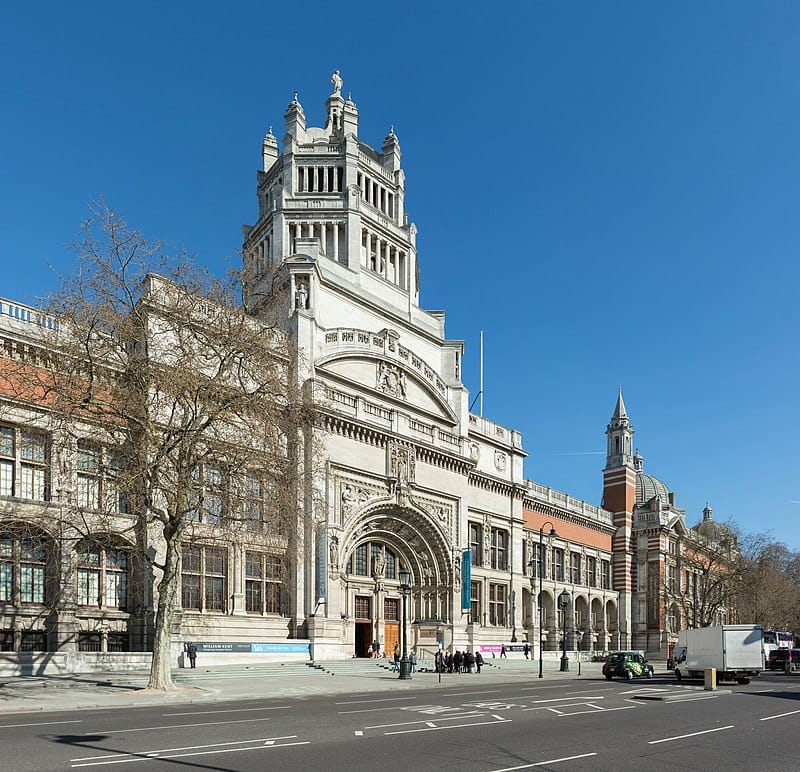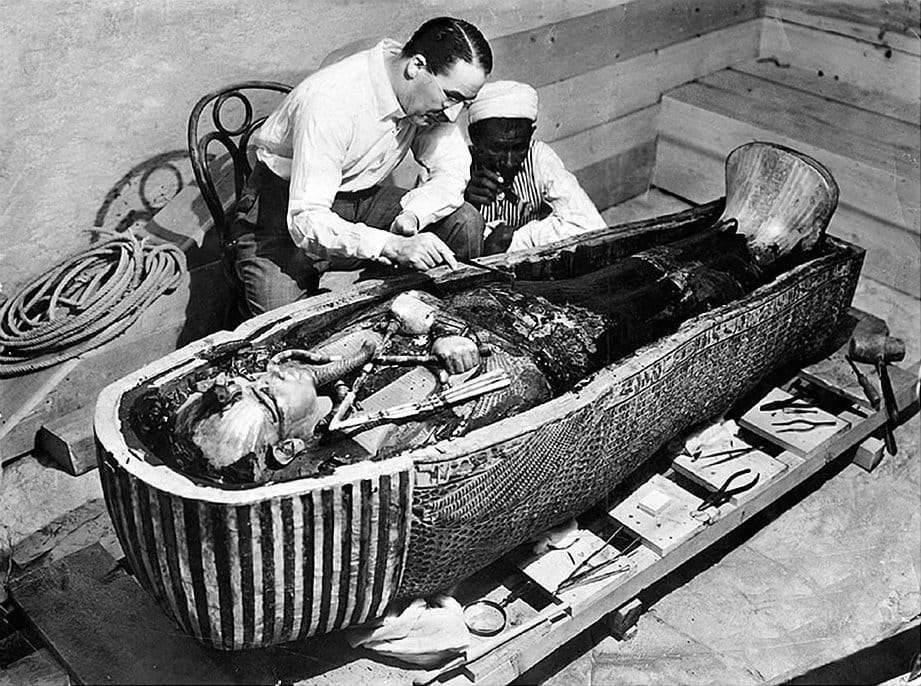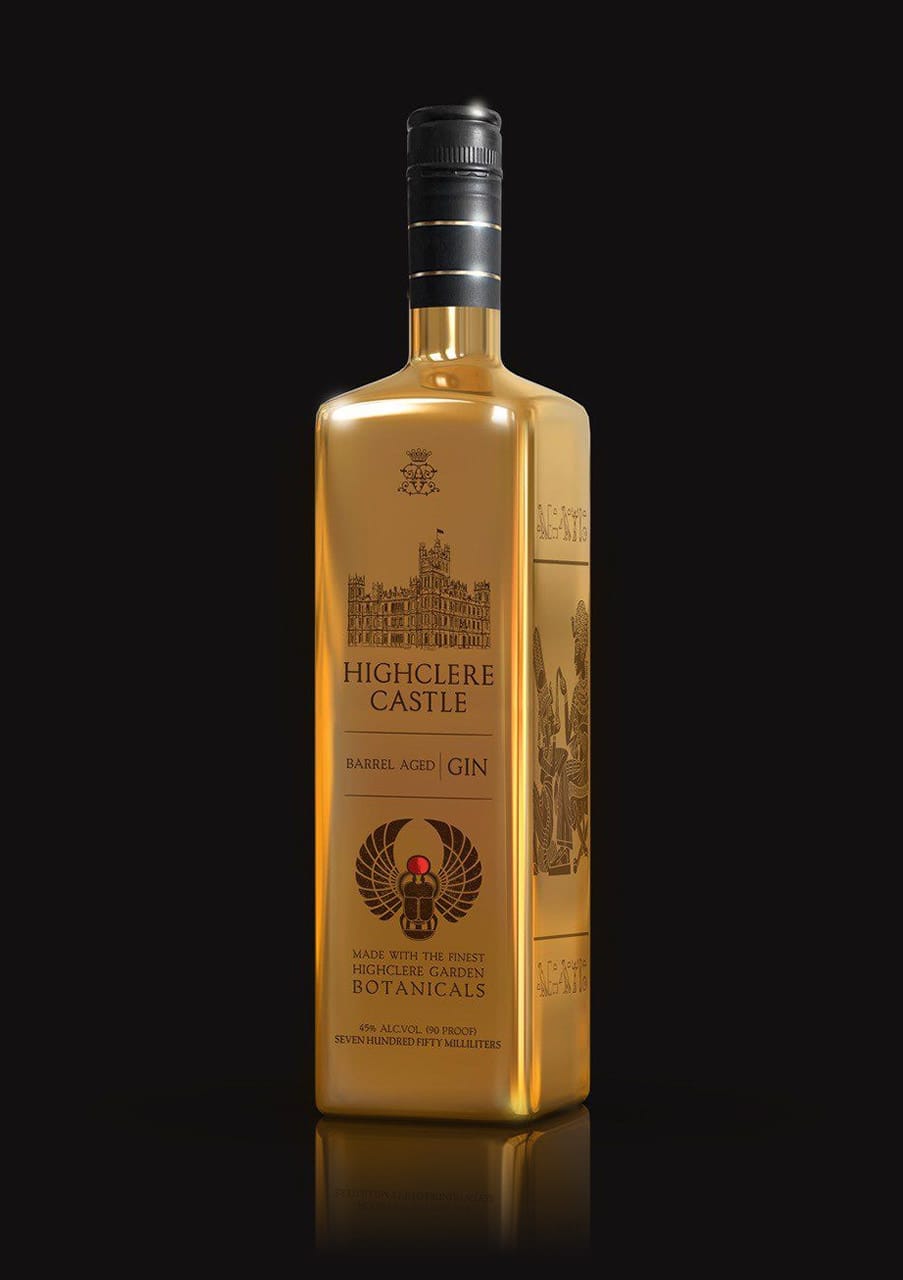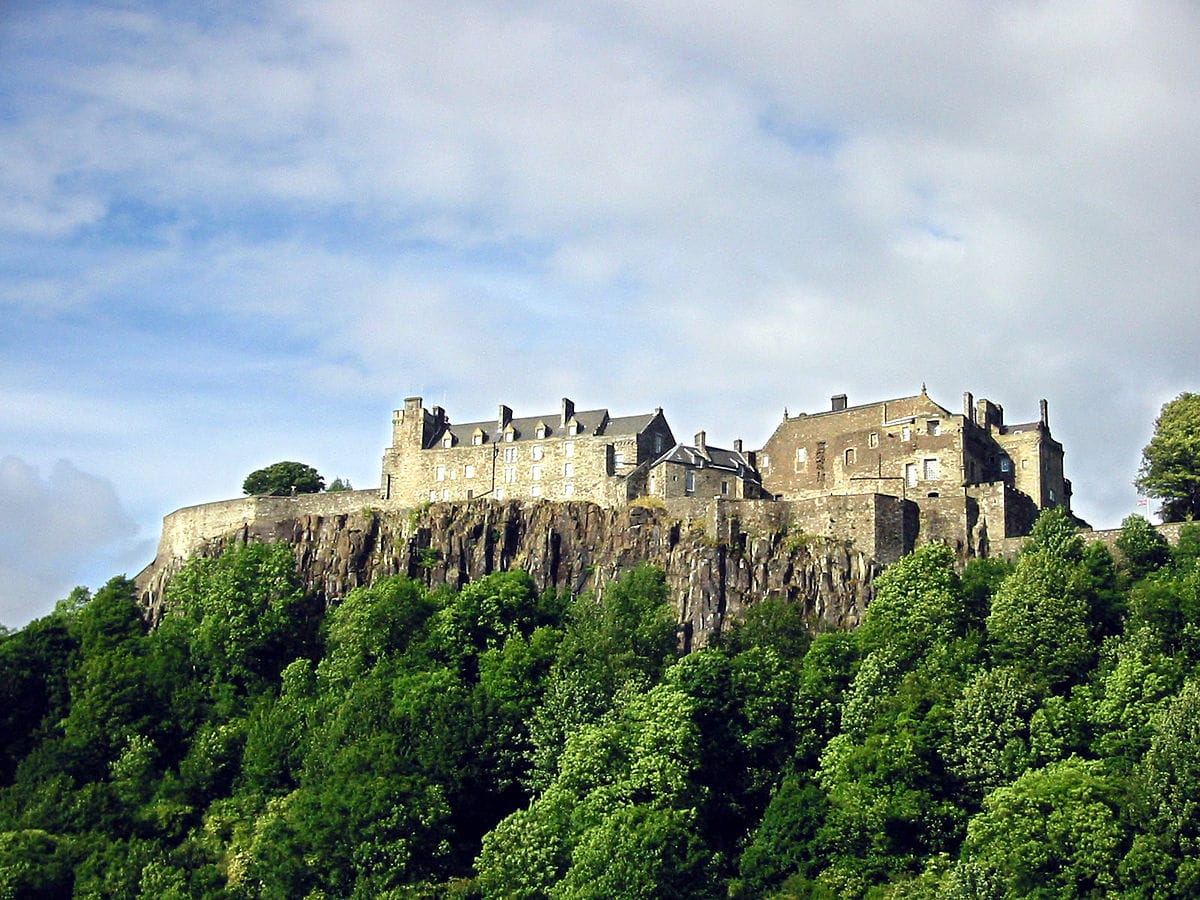The Discovery of a Lifetime
Welcome to Historical Heritage, where we highlight elegance, history and regal stories every week. Take a small break from our loud existence and enter a world of quiet elegance.
Remembering The Opulent Opening of The Victoria and Albert Museum in 1902

In 1902, one of the most remarkable and non-scandalous events in English aristocratic society was the opening of the Victoria and Albert Museum (V&A) in London, attended by the highest members of the British aristocracy. This event symbolized a cultural shift within the upper classes, blending artistic innovation with deep-rooted tradition.
Among those attending was Duchess Mary of Roxburghe, a well-known patron of the arts. The duchess had a keen interest in design and was a leading figure in promoting British craftsmanship. Her husband, the Duke of Roxburghe, was a prominent landowner, and the couple was beloved in society for their charitable works.
At the opening ceremony, King Edward VII himself made a brief appearance. The King, who had just succeeded Queen Victoria, was eager to reinforce his family's ties to British culture and progress. He viewed the event as a chance to showcase how modern royalty and aristocrats could champion the arts and serve as patrons to artisans.
Lady Roxburghe, who had privately commissioned several artists to design pieces for her estates, was particularly excited about the exhibition of William Morris textiles and Art Nouveau pieces at the museum. During the event, she met with Sir Henry Cole, the founding director of the museum, and they discussed the role of art in improving the lives of everyday Britons.
This interaction set off a wave of aristocratic support for British craftsmanship, with many high-ranking families following Lady Roxburghe's example, commissioning works from British designers rather than importing pieces from the continent. In the years that followed, aristocratic homes across England began to showcase local craftsmanship in everything from furniture to tapestries.
The V&A’s opening wasn’t just a symbol of cultural refinement but also of the broader effort by the aristocracy to remain relevant and connected to the changing times as industrialization and modernization swept through society.
This event was an example of how the aristocracy, even in their opulence, could also play a role in promoting the arts and supporting British creativity during a transformative period in history.
The Discovery of King Tutankhamun's Tomb: Lord Carnarvon & Howard Carter

On November 4, 1922, British archaeologist Howard Carter made one of the most monumental discoveries in the history of archaeology—the tomb of King Tutankhamun in the Valley of the Kings, Egypt. After years of searching, Carter uncovered the nearly intact tomb of the young pharaoh, a ruler from the 18th Dynasty who ascended to the throne around 1332 BC and died at a young age. The tomb was filled with breathtaking treasures, including a solid gold funerary mask, jewelry, chariots, and the pharaoh's sarcophagus, all preserved for thousands of years.

The discovery was made possible by c, an English aristocrat and passionate Egyptologist who financed Carter’s excavations. Lord Carnarvon, the 5th Earl of Carnarvon, had long supported efforts to uncover the mysteries of ancient Egypt. His funding enabled Carter to continue his work in the Valley of the Kings when many had given up hope of finding anything significant. The discovery sparked global fascination with ancient Egypt, leading to the "Tutmania" craze that swept the world.
From the Estate of Lord Carnarvon’s Descendants

To celebrate the centenary of this extraordinary event, Highclere Castle Gin, from the estate of Lord Carnarvon’s descendants, released a special commemorative barrel aged gin. Highclere Castle, the ancestral home of the Carnarvon family (and known as the setting of Downton Abbey), launched the limited-edition gin bottle in honor of the discovery. The bottle features Egyptian-inspired designs, paying tribute to the close connection between the Carnarvon family and the discovery of King Tut's tomb.
This commemorative bottle stands as a reminder of both the discovery’s historical significance and the enduring legacy of Lord Carnarvon’s involvement in one of the most captivating chapters of archaeological history.
My Lady Jane is Cancelled by Amazon Prime: 85,000 Fans Petition

Prime Video has decided not to renew My Lady Jane for a second season. This decision comes seven weeks after all eight episodes of the show's first season were released on June 27, with little promotional effort.
Creatively, My Lady Jane performed well. The series took a bold leap by blending genres that don’t typically intersect—historical romance, fantasy, adventure, comedy, and farce—and it was one of the best-reviewed new series of the year.
Created by Gemma Burgess and based on the 2016 YA historical fiction novels, My Lady Jane offers an alternate-history take on Lady Jane Grey, the 16th-century monarch known as the Nine Days Queen. Set in a world where Ethians, humans who can transform into animals, are oppressed by regular humans known as Verity, the show combines palace intrigue with fantasy elements.
Season 1 Cliff-Hanger
Season 1 ends with a hint at future events, with the witty narrator proclaiming, "our story is not over yet." However, it also provides a satisfying conclusion to the love story of Lady Jane Grey (Emily Bader) and Lord Guildford Dudley (Edward Bluemel), who receive their happily-ever-after.
The fans are not happy. Over 85,000 have signed a petition at Change.org to try and get Amazon to change their mind. Hopefully it finds some traction!
Stirling Castle: A Fascinating Military History

Stirling Castle, one of Scotland's most iconic fortresses, has stood as a symbol of power and defense for centuries. Located atop a craggy hill overlooking the River Forth, Stirling Castle has been at the heart of Scotland’s military and political history, serving as a key strategic point in numerous battles.
Military Significance
Throughout the Middle Ages, Stirling Castle was regarded as the "Key to Scotland" due to its strategic position between the Scottish Highlands and Lowlands. Whoever controlled the castle controlled access to much of Scotland. Its military importance was demonstrated during the Wars of Scottish Independence in the late 13th and early 14th centuries, most notably during the Battle of Stirling Bridge in 1297, where William Wallace led Scottish forces to a decisive victory against the English. The castle itself was frequently contested during these wars, changing hands several times.
In 1304, Edward I of England, also known as “Hammer of the Scots,” besieged Stirling Castle using advanced siege equipment, including the formidable Warwolf trebuchet, the largest catapult of its time. After a lengthy and brutal siege, the Scots were forced to surrender the castle to English forces.
Stirling Castle also played a role in later conflicts, including the Battle of Bannockburn in 1314, where Robert the Bruce secured a significant victory over the English, leading to the reestablishment of Scottish control over the castle.

During the Renaissance, Stirling Castle was transformed into a royal palace for the Stewart dynasty, serving as the childhood home of several Scottish monarchs, including Mary, Queen of Scots. Despite its transformation, the castle's defensive role remained crucial, particularly during the Jacobite Risings of the 18th century, when it served as a key government stronghold against rebel forces.
Modern Role
Today, Stirling Castle is no longer a fortress of war but a cherished historic site and tourist destination. Managed by Historic Environment Scotland, it is meticulously preserved to showcase its rich past. Visitors can explore the restored Great Hall, Royal Palace, and Chapel Royal, experiencing the grandeur of its Renaissance architecture.
The castle also serves as a site for cultural events, including concerts, reenactments, and exhibitions, celebrating Scotland's vibrant history. Additionally, Stirling Castle is still a symbol of Scotland’s military heritage, as it houses a museum dedicated to the Argyll and Sutherland Highlanders, a historic Scottish infantry regiment. The museum displays artifacts and stories from the regiment’s service, highlighting Scotland’s contributions to global conflicts such as the World Wars.
While its days as a military stronghold have passed, Stirling Castle remains a powerful reminder of Scotland’s turbulent history and resilience, now repurposed as a place of learning and celebration of the nation’s cultural legacy.
Love what we are doing here?
Stay subscribed for more next week as continue to improve and evolve this weekly mailing. As our audience grows, we will be able to start pulling in exclusive interviews and more in-depth story-telling.
Most importantly, we hope you enjoy this small weekly escape as much as we do!
The Eighth Inc. c/o Historical Heritage
46 Plains Road
Essex, CT 06426
©2024 Historical Heritage | newsletter@historical-heritage.com | Privacy Policy
